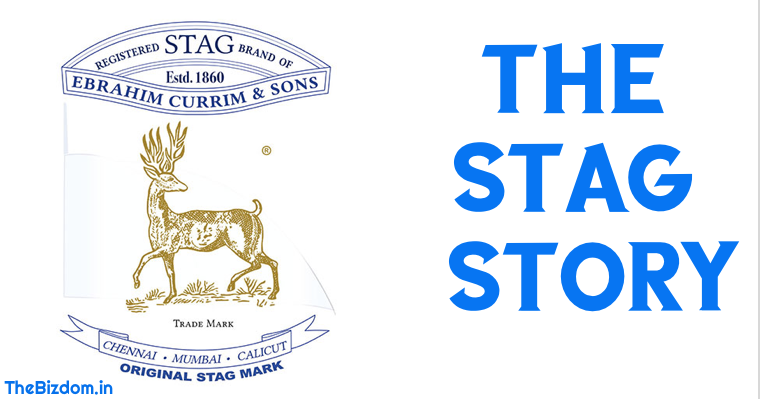7 min to read
The Soap War of India
From Sarabhai to Karsanbhai to finally a Surfactant maker.
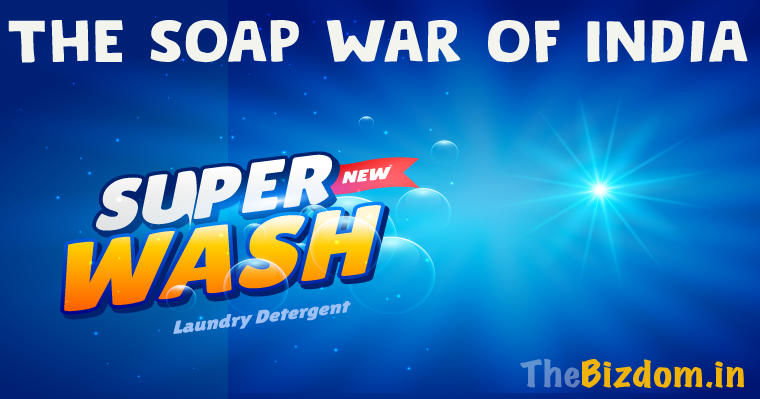
Synthetic detergent
The oldest detergent, soap, has been known since antiquity. Made by boiling animal fats and vegetable oils with caustic alkalis, soap is sodium or potassium stearate.
The synthetic detergent industry is one of the largest chemical process industries. Synthetic detergents were first manufactured in Germany in 1917 where they replaced soap, releasing animal fats for food and other uses during World War I. These early products were propyl- and butyl-naphthalene sulfonates, but in the late 1920s and early 1930s sulfonated fatty alcohols such as sodium lauryl sulfonate were found to be better detergents. Around the same time Unilever started working on a process which was developed by IG Farben.
The most significant change in the soap industry in the 1930s had been the appearance of synthetic detergents, largely in the form of soap powders.In 1930, the German produced synthetic detergent after World War-I for the first time. Synthetic detergent was far better than soap.
Unilever’s competitors Henkel in Germany and Procter & Gamble in the United States, had been also active in the field of synthetic detergents. In Germany Böhme Fettchemie AG, a Henkel subsidiary since 1935, had marketed its discovery under the name ‘Gardinol’ for the textile industry and ‘Fewa’ for household fine washing.
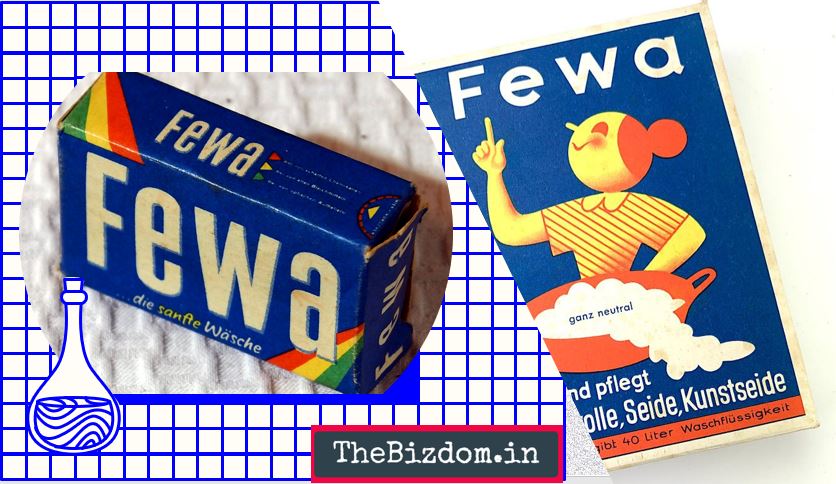 Soon Procter & Gamble, launched “Dreft” by 1933.
Soon Procter & Gamble, launched “Dreft” by 1933.
Made in India
Freedom fighter and industrialist Ambalal Sarabhai bought Krishna Oil Mills (Bombay) in 1931 and renamed it as Swastik Oil Mills . Soon, as part of the Swadeshi movements, many Gurjartis were entering into Chemical industries. Thus, in 1943, Ambalal opened Sarabhai Chemicals, then a small undertaking in Baroda. The company diversified from making groundnut and sesame oil to detergents around 1957.
 Ambalal with daughter Geeta Sarabhai, 1952. Nathan Hughes Hamilton, via Wikimedia Commons.
Ambalal with daughter Geeta Sarabhai, 1952. Nathan Hughes Hamilton, via Wikimedia Commons.
The Sarabhai group’s Swastik Oil Mills was the first to market the ‘Det’ as a synthetic detergents brand in 1957, they were soon followed by Hindustan Lever’s (HLL) ‘Surf‘. While most of the ingredients required for the detergent were imported, the product still was cheaper compared to imported brands completely made abroad.
HUL launched Surf as a NSD (non-soapy detergent) powder made from petrochemicals. Until then Indians had washed their clothes with HUL’s Sunlight laundry bar, which was made from vegetable oil. HUL initiated a gigantic effort to knock on doors and demonstrate to sceptical housewives that solution washing with the NSD product would lead to far superior results. These women were used to direct application, but saw that the Surf powder required much less work: no scrubbing.
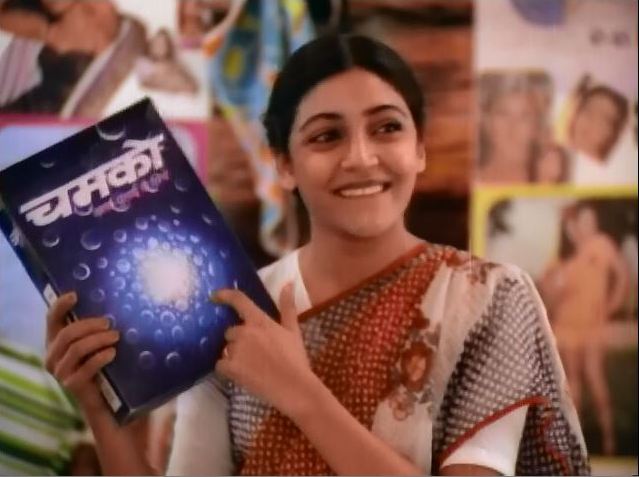 Hope, many will remember the famous Chamko washing powder demo from the movie ‘Chashme Buddoor’ (1981).
Hope, many will remember the famous Chamko washing powder demo from the movie ‘Chashme Buddoor’ (1981).
‘Horn OK please’
Anyways, around the same time, Tata Oil Mills, who were already in the business of making hair oil and bathing soap, entered the detergents business with a brand named as ‘Magic’.
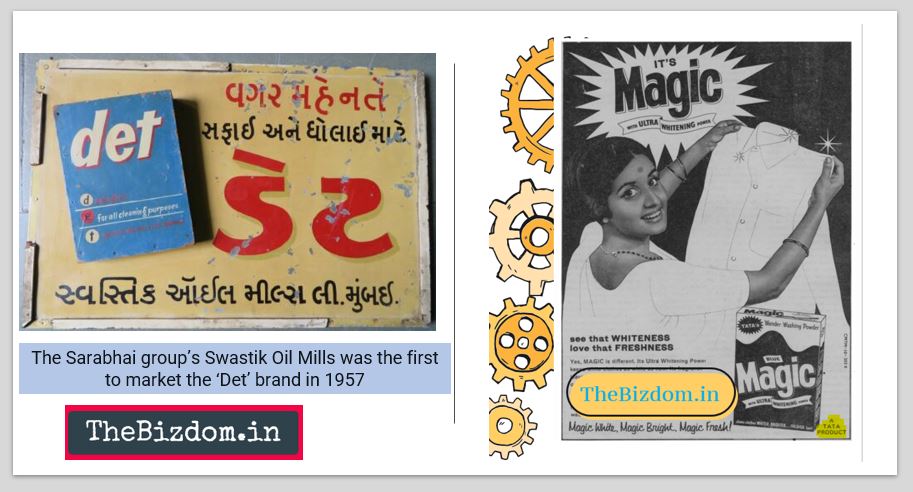 Given that brand was not long lived, but let me share another interesting trivia on a phrase that is commonly painted on commercial vehicles like trucks, and is related to Tatas.
Given that brand was not long lived, but let me share another interesting trivia on a phrase that is commonly painted on commercial vehicles like trucks, and is related to Tatas.
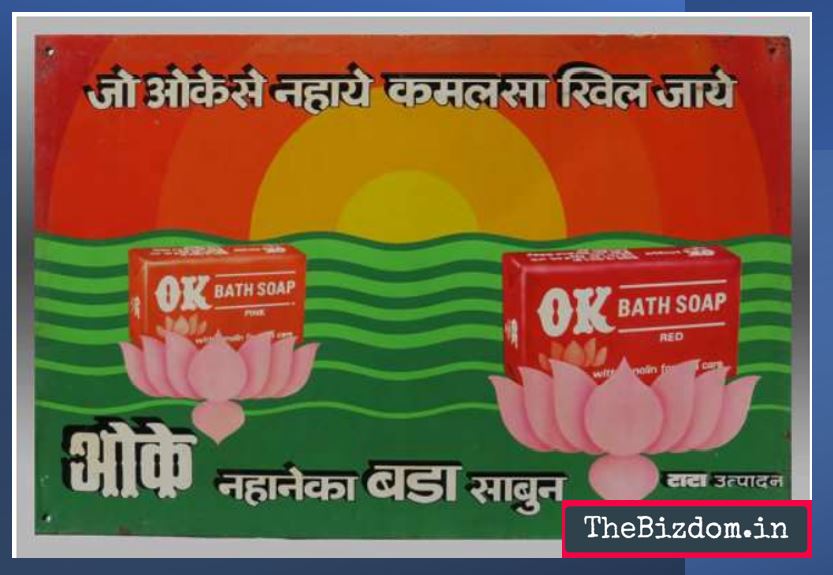 In the early days, most of the trucks in India were manufactured by the TATA Group. During these times, Tata Oil Mills Ltd. Co (TOMCO) came up with a new brand called “OK”. And in order to market their product they used the motor medium very effectively by painting OK.
This brand had a symbol in the shape of a lotus flower. Thus it became “Horn OK Please”. This carried on for a few years and as times went by the OK sort of became a part of the initial paint itself by the lorry drivers and is still being used by people without knowing its origin.
In the early days, most of the trucks in India were manufactured by the TATA Group. During these times, Tata Oil Mills Ltd. Co (TOMCO) came up with a new brand called “OK”. And in order to market their product they used the motor medium very effectively by painting OK.
This brand had a symbol in the shape of a lotus flower. Thus it became “Horn OK Please”. This carried on for a few years and as times went by the OK sort of became a part of the initial paint itself by the lorry drivers and is still being used by people without knowing its origin.
But then, all of these players were still fighting the marketplace for elites, as the common Indian man was still not using either of these products due to the cost factor.
Another Gujju Bhai
1966 While awaiting final year results in college, Karsanbhai got a call from the Kasturbhai Lalbhai group’s New Cotton Mills to work as a chemist in their laboratory. After putting in three years, he joined the Gujarat government’s geology and mining department as a senior chemist in 1969. But, the passion for working more than just that, led him into a side business of making synthetic detergents.
On weekends, and after office hours, he would bicycle through the neighbourhoods selling the handmade packets of his product door to door which soon became an instant success owing to its word-of-mouth publicity among satisfied housewives.
The House of Nirma was shaping up quite nicely. By 1972 the volumes had picked up sufficiently for the budding entrepreneur to quit his secure government job and take up production on a daily basis. Success is a ladder. Every time you succeed at anything, no matter how big or small, you’re one step higher up the ladder of confidence. And, soon Nirma became one of the lowest-cost detergent manufacturers in the world. It was priced at about Rs 3.50 per kg as compared to Rs 13 of Surf. They also adopted a backward-integration strategy which reduced its costs by 25 per cent. Self-sufficiency in key raw materials protects it against commodity cycles besides yielding substantial savings in raw material cost. They expanded further and created a strong marketing buzz with their famous jingles.
“Washing powder Nirma, Washing powder Nirma, Doodh si safedi Nirma se aaye, Rangeen kapda bhi khil khil jaaye, Sabki Pasand Nirma”.
Gujrat based Purnima Advertising was the agency behind the signature campaign that made Nirma a market leader in detergents. Vinod Sharma was the creative director, while the film was directed by SS Oberoi and famous jingle Music was composed by Vedpal Sharma. But, then a business needs to create a valuable product for customers and will need to do it consistently on a regular basis. By the 2000s, Nirma’s grip on the market was cut loose by HUL, they had Wheel Blue Bar to compete with Nirma in Gujarat and it was going quite well.
Nirma 2.0 from Kanpur
In the year 1987 when Ghari detergent was launched by the Gyanchandani’s, The market was already dominated by big brands like Nirma and Surf, and just a year before, Wheel as a low-cost brand was also launched by HUL. But they were able to get going quite well in the places around Kanpur. This is when they renamed their company as RSPL i.e. Rohit Surfactant Private Limited (RSPL). Why surfactant?
The primary purpose of a surfactant is to create a foam) that can remove the soil/dust properties.
Ghari detergent identified the vacuum in the low-price–high-quality quadrant and positioned its brand accordingly. Their communication strategy of, ‘pehle istemal karein phir vishwas karein’ (first try it and then believe in it), to induce customers to try out the product. This approach has helped the company convert non-users and users of other brands into regular users.
Then they kept on improving their products, they also used a unique parameter to segment the Indian market: the quality of water! On the basis of the quality of water in different regions, Ghari has introduced variants of its product, targeting different geographic segments.
The brand overtook Hindustan Unilever’s Wheel as far back as November 2011, when Ghari claimed a market share of 17.3%, whereas Wheel was at 16.9%
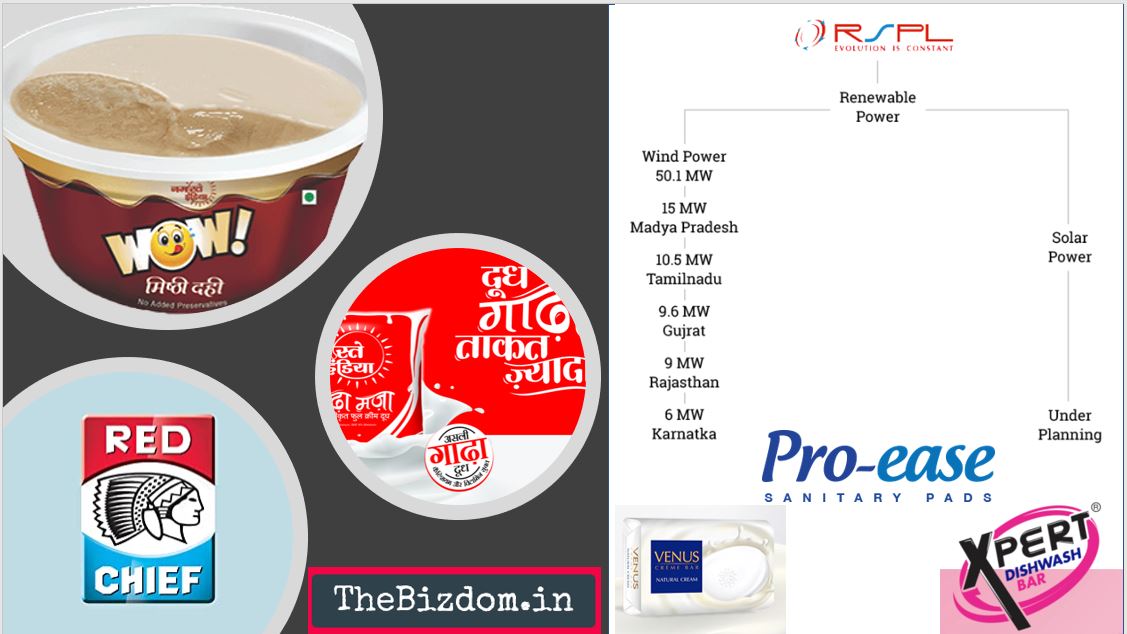 Today the House of Ghari is probably the biggest business house of Kanpur. But then, let’s wait and see how their other business perform in coming years.
Today the House of Ghari is probably the biggest business house of Kanpur. But then, let’s wait and see how their other business perform in coming years.


